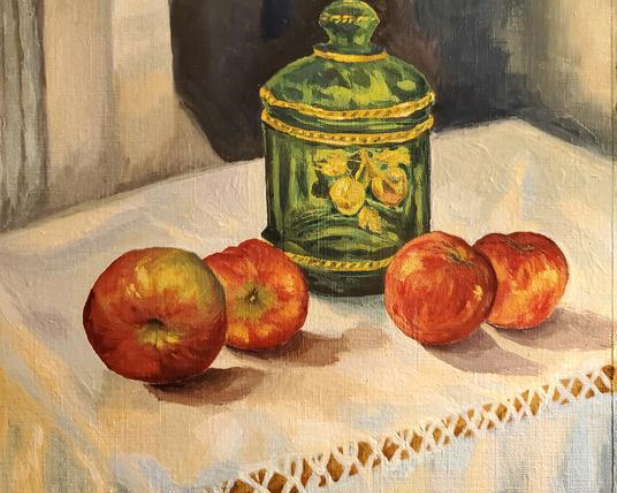About the Artist
Description of your creative process:
In my process, I enjoy working on large-scale work that allows for movement throughout the piece. I try to be bold and confident with my brushwork, to allow the process to be seen in the finished work. My work often includes exaggerated human figures as subjects. I allow the painting to direct me as the artist instead of attempting to control the outcome of the works I create.
A bit about yourself:
I am presently in my fourth and final year in my BFA. I enjoy creating large-scale oil paintings with exaggerated representations of the human anatomy to communicate my creative vision.
If you could meet any artist dead or living, who would it be?
If I could meet any artist dead or living, I would choose to meet British painter Cecily Brown. Her works motivate me to work on large-scale surfaces and the energy she communicates with her paintings is exciting and inspiring.
How has the visual arts department helped shape you as an artist?
The University of Ottawa’s visual arts department has allowed me to continue to explore and grow my creative process. With the aid of the professors and other students, I have been able to experience a variety of mediums, grow my passion and establish my artistic identity.


















